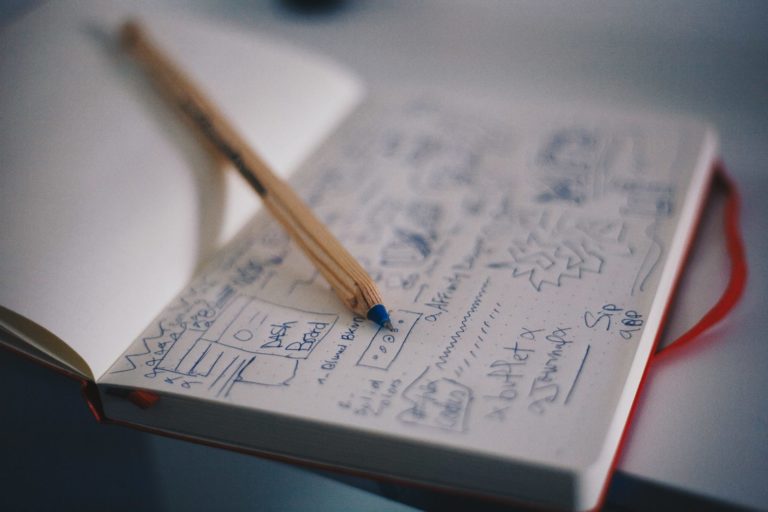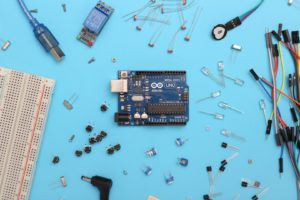Logically, you could figure out what Design for Manufacturability means in a broad sense. What does it really mean for you and your product? Design for Manufacturability, or DFM for short, is where Design meets Production. The DFM process takes a design and produces a final design that can be manufactured properly, and at the desired cost.
This step is often skipped by those developing their first product. They end up costing more. Investing more on time and money than it should. We’ll go over some of what DFM does for your product and why it is a very key component to developing a great product.
Manufacturability
This is the first step in DFM. An engineer or designer takes a design and reviews it to ensure the product can be manufactured as efficiently and effectively as possible.
Draft angles for injection molded parts, machinable areas for CNC, stacking tolerances, fit checks, and many more items are part of this DFM checklist.
BLANK
Ian Peterman, CEO Tweet

Costing
This is where things can get interesting, such as actually increasing part count, decreasing reusable parts, etc may be required to put a product into a certain price window.
Costing looks at every cost of a product, from hardware selections, country of production, materials, and how each part needs to be made.
A Sourcing Agent is closely tied into this part of the process, and works with the designer through this process.
Part Count

BLANK
Ian Peterman, CEO Tweet
The part count is an easy way to estimate product complexity, assembly costs, et. Usually more is more expensive, and so a lot of work can be done to decrease the part count, make assembly easier, and take less time.
Reuse and Replacement
For those businesses who are sustainably minded, which every business should be, designing a product for reuse is something that happens in the DFM stage.
Which components can be reused, which need to be replaced, even what parts can be recycled or not are also influence in the DFM process.
Material and Finish
blank
Ian Peterman, CEO Tweet

Changing a material, or finish can change the perceived quality, actual quality, and the cost of a product drastically. Lead time is also influenced by finishes as they add extra time to production.
Lead Time
A lead time of a product determines how quickly a business can turn its manufacturing investment into a profit. If it takes 10 weeks to produce a product, that means a business is going to wait at least 10 weeks before it gets paid. Decreasing lead time also falls within the DFM process.
Shorter lead times mean quicker product turnaround, as well as usually less costly. Through selecting processes, materials, and finishes, the DFM process can save businesses from having long costly lead times on their products.
Your Next Steps
Related Conscious Design BLOG Posts
3 Important Things to Consider When You Hire a Designer
Working with different clients, I learned that there are many things that I find important. One of these important things is how to make it easier when you hire a designer. I found out that these three things are crucial if you want to hire the best designer for your project.
3 Things You Need Before Hiring a Designer
I’ve been working with clients for over a decade, and I’ve found that there are three things I’m always asking for. Every Industrial Designer would love…
Differences between Concept and Design
What is the difference between a concept and a design? Well, a few things it turns out. We explain the differences in this blog post.


